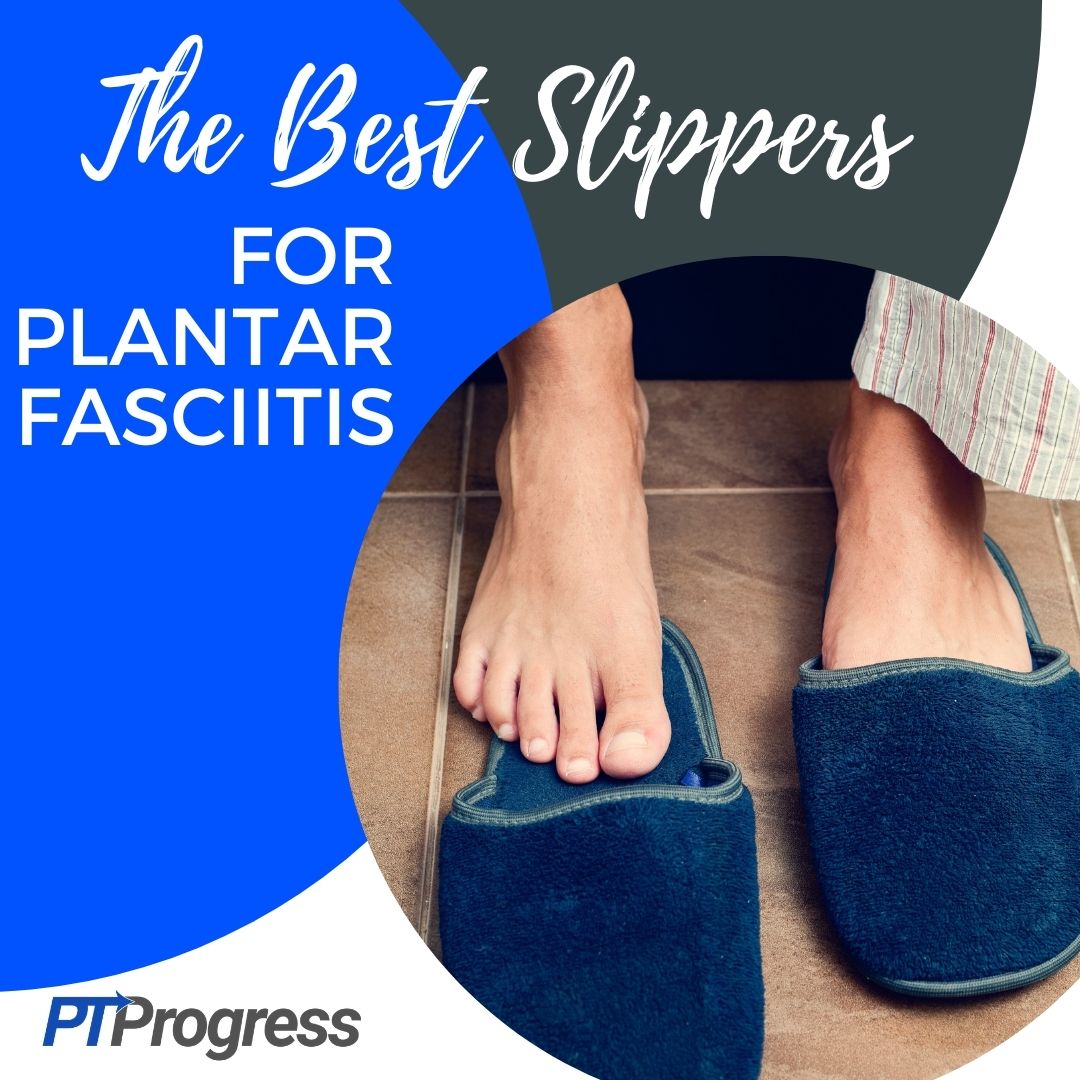Plantar Fascia Slippers That Relieve Pain and Support Your Feet Daily

I’ve lost count of how many early mornings I’ve sat on the edge of my bed, heel throbbing, whispering curses at that invisible gremlin called plantar fasciitis. If you’re reading this, odds are you’ve been there too—a grimace when your foot hits cold hardwood, a limp to the coffee maker while the rest of the house is still asleep.

Let’s just say after more than a decade spent both suffering and advising clients as a fit specialist, I could fill a laundry basket with failed “miracle” slippers. And here’s my first uncensored truth: most off-the-shelf slippers treat your plantar fascia about as kindly as concrete sandals. Those plushy faux-fur numbers look inviting on your screen but may leave you paying the price come breakfast time.
Forget Fluffy—Structure Is Your Secret Weapon
Back in 2014, after one disastrous winter of shuffling around in bargain bin memory foam slippers (“they felt like walking on marshmallows for all of three days”), I started experimenting with what actually made a difference. Here’s an insider’s tip: when trying on slippers for plantar fasciitis, bend them lengthwise and try twisting them into a spiral. If they collapse or twist easily? Not worth your time. The pairs that passed my test—think Vionic Gemma or Spenco Supreme—barely budged at all. That firmness underfoot is what preserves the integrity of your arch throughout hundreds of steps indoors every day.

What does “good” even feel like?
One client once told me her first time sliding her foot into Vionics was downright weird: “It kind of felt like standing on a little hill.” That slight elevation and curve beneath your arch might seem odd at first—like an unfamiliar pressure point—but it signals that your foot isn’t left stranded and unsupported anymore.
Ditch These Myths (I Learned Them the Hard Way)
-
Myth #1: The softer the better.
Softness is seductive but fleeting; structure sticks around for recovery. After trying three different plush brands over two months in 2018, I found myself limping worse than before—the support had vanished by week one. -
Myth #2: Slippers are only bedroom-wear.
Insider move: keep two pairs in rotation so one always lives beside the back door for quick garbage runs or dog walks (without undoing your progress). In my world, house shoes are day-long armor—you’ll catch me cooking spaghetti in OOFOS Sport Slides every Sunday evening. -
Myth #3: Price equals performance.
Some expensive slippers ($120+) left my fascia lamenting within days; meanwhile, Spenco’s $45 Supreme Slide outperformed half of them thanks to their deep cupped heel cradle and robust EVA sole.
Real People, Real Relief
Mike—the king of remote work slouching—once told me he didn’t just want less pain; he wanted slippers he could live in from dawn till Netflix credits rolled. A week into switching to Orthofeet Asheville house shoes (with adjustable Velcro), his texts got suspiciously cheerful by mid-morning: “Guess what didn’t hurt today?” Those little tweaks—a secure fit so toes don’t have to grip awkwardly, side panels that adjust with swelling—often make worlds more difference than an extra ounce of memory foam ever will.

For Jess, chasing toddlers between piles of laundry meant needing something she wouldn’t slip out of during sprints—or while climbing up stairs holding stuffed animals under each arm. She opted for closed-back Vionic Relax slippers paired with grippy rubber soles… because skidding across tiles in socks should be reserved for movie montages only.
Pro Tips En Route to Happy Heels
- Always measure feet at night: Swelling peaks by evening—a longtime shoe-fitter trick! Buy for peak size.
- Prioritize return policies: Even top-rated styles don’t fit every foot type; Zappos and Orthofeet both make returns painless.
- Break them in gradually: Even the right slipper can feel “off” on day one if your feet aren’t used to legit support.
- Arch shouldn’t ache: Mild adjustment soreness? Totally normal for 2–3 days if you’re switching from flattening slip-ons to structured ones—a sign those sleepy muscles are waking up again.
- Durability check: Inspect inner lining seams before tossing boxes—you’d be surprised how many high-end slippers fray within weeks!
Unexpected Insight from Years on the Job
Here’s something no online chart says: Some folks (especially those prone to sweaty feet) actually do better with moisture-wicking interiors than plush terrycloth linings—which sound cozy but can trap heat and lead to fungal flare-ups if worn bare all day long. That’s why sandals like OOFOS OOahh sport slides have developed such a cult following among active retirees who shuffle between indoor chores and garden jaunts.

And yes—I’ve seen more than one person give up on supportive footwear entirely because their first try pinched, rubbed, or made them feel off-balance. Don’t let one rough start convince you all hope is lost! Sometimes dialing down arch height or flipping between open/closed styles makes all the difference (and brands’ customer service teams can help guide those swaps).
Final Thoughts From Someone Who’s Been There
A handful of minor investments—in comfort-focused design rather than empty promises—will almost always beat years stewing in frustration (or burning cash on new inserts every month). Don’t treat home-time as downtime for healing feet; it’s constant reinforcement that keeps pain at bay.

Try out selections from trusted lines like Vionic, Orthofeet, OOFOS—and remember it took me four attempts before I found a pair worth recommending year after year!
As someone who swapped relentless trial-and-error for targeted choices—and witnessed hundreds get their mornings back—I promise small upgrades add up fast… maybe not miracle cures overnight, but enough steady progress to make getting out of bed something you stop dreading altogether.
So if you need it plain: trade cushion alone for sturdy support paired with flexibility where it counts most—your busy everyday life—and let experience (mine and yours) do the talking rather than marketing promises or fleeting trends.
Here’s hoping tomorrow morning feels just a little bit lighter underfoot—and that you never have to tiptoe through pain again.



